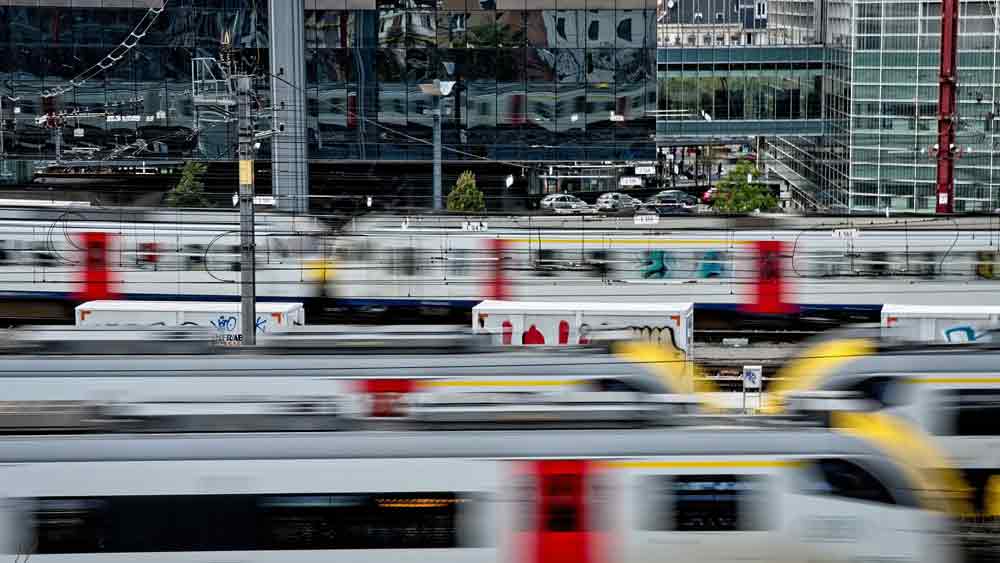Imagine you’re stuck in traffic during rush hour, frustrated and late, when suddenly the lights ahead adapt to the flow of traffic, easing the congestion in no time. This is the promise of intelligent transportation systems (ITS), an interconnected network of technologies designed to optimize the movement of people and goods.
|
ADVERTISEMENT |
ITS represents the convergence of transport and innovation, leveraging technologies like the internet of things (IoT), artificial intelligence (AI), and big data to create smarter, safer, and more efficient mobility solutions. It’s at the core of smart transportation, bridging infrastructure, vehicles, and people to make cities smarter, more sustainable, and mobile. From dynamic traffic management to autonomous vehicles, ITS technologies are pivotal in transforming how we move.
Whether you’re a city planner, a policymaker, or a community leader, you’re probably looking for ways to optimize urban mobility. Let’s take a closer look at what ITS is, how it works, and how it’s shaping the future of transport networks.
…

Add new comment